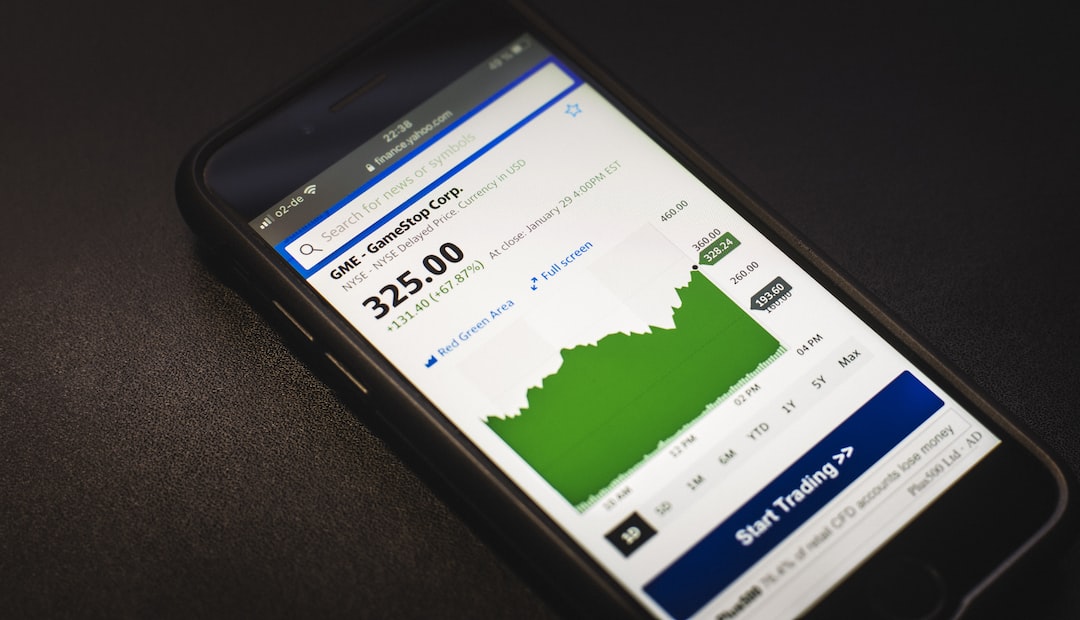Forex gain and loss are terms that are often used in the world of international business. These terms refer to the difference between the value of one currency against another over a certain period of time. When a company conducts business in a foreign currency, it is exposed to exchange rate fluctuations. These fluctuations can result in either a gain or loss for the company. This gain or loss is referred to as an unadjusted forex gain or loss. In this article, we will discuss how to adjust unadjusted forex gain or loss.
What is Unadjusted Forex Gain or Loss?
Unadjusted forex gain or loss refers to the difference between the exchange rate at which a transaction was initially recorded and the exchange rate at which it is settled. This difference is due to the fluctuations in exchange rates between the time of the transaction and the time of settlement. Unadjusted forex gain or loss is recorded in a company’s financial statements as a separate line item.
For example, if a company purchased goods from a foreign supplier for $10,000 and the exchange rate at the time of the transaction was 1 USD = 1.5 GBP, the company would record the transaction as a purchase of 15,000 GBP. If the exchange rate at the time of settlement was 1 USD = 1.7 GBP, the company would have to pay 17,000 GBP to settle the transaction. The unadjusted forex gain or loss in this case would be 2,000 GBP.
Adjusting Unadjusted Forex Gain or Loss
Unadjusted forex gain or loss is recorded in a company’s financial statements as a separate line item. However, this gain or loss needs to be adjusted to reflect the actual gain or loss that occurred during the period. This adjustment is necessary because the unadjusted forex gain or loss does not take into account the impact of hedge accounting.
Hedge accounting is a method of accounting that is used to reduce the volatility of a company’s earnings by matching the gain or loss on a hedging instrument with the gain or loss on the underlying transaction. For example, if a company enters into a forward contract to hedge against a foreign currency transaction, the gain or loss on the forward contract is matched with the gain or loss on the underlying transaction.
To adjust unadjusted forex gain or loss, a company needs to follow the following steps:
Step 1: Determine the Hedge Accounting Method
A company needs to determine the hedge accounting method that it will use to adjust unadjusted forex gain or loss. There are three methods of hedge accounting:
– Cash flow hedge
– Fair value hedge
– Net investment hedge
Each method has its own requirements, and a company needs to choose the method that is most appropriate for its situation.
Step 2: Determine the Hedge Instrument
A company needs to determine the hedge instrument that it will use to adjust unadjusted forex gain or loss. The hedge instrument can be a forward contract, a futures contract, an options contract, or any other financial instrument that is used to hedge against foreign currency risk.
Step 3: Record the Hedge Transaction
A company needs to record the hedge transaction in its financial statements. This involves recognizing the gain or loss on the hedge instrument and the gain or loss on the underlying transaction.
Step 4: Adjust the Unadjusted Forex Gain or Loss
Once the hedge transaction has been recorded, a company can adjust the unadjusted forex gain or loss. The adjustment involves subtracting the gain or loss on the hedge instrument from the unadjusted forex gain or loss to arrive at the adjusted forex gain or loss.
For example, if a company had an unadjusted forex gain of 2,000 GBP and entered into a forward contract to hedge against the foreign currency risk, and the gain on the forward contract was 1,500 GBP, the adjusted forex gain would be 500 GBP (2,000 GBP – 1,500 GBP).
Conclusion
Unadjusted forex gain or loss is a common occurrence in international business. It is important for companies to understand how to adjust unadjusted forex gain or loss to reflect the actual gain or loss that occurred during the period. This adjustment involves following the steps outlined above, which include determining the hedge accounting method, determining the hedge instrument, recording the hedge transaction, and adjusting the unadjusted forex gain or loss. By adjusting unadjusted forex gain or loss, companies can ensure that their financial statements accurately reflect their financial performance.





